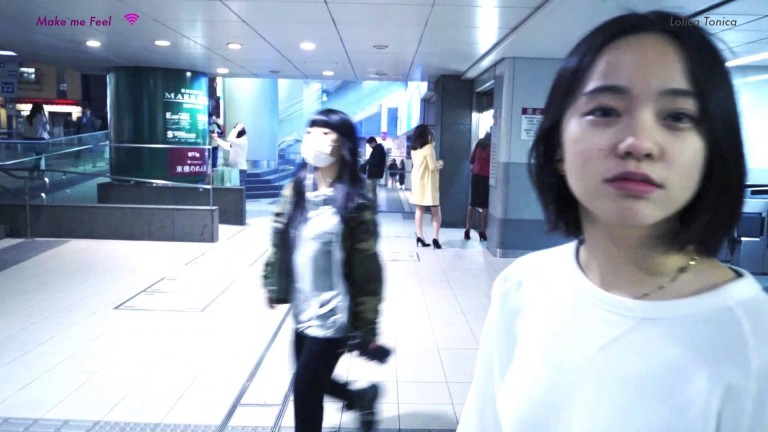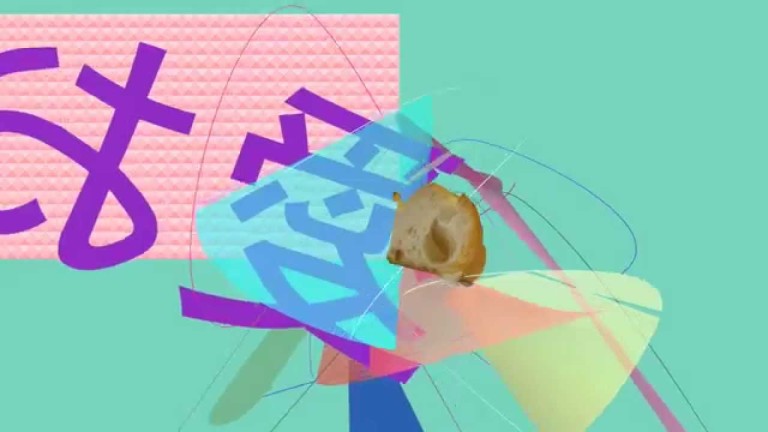New Native Rapper Featuring Lulu: “Imasara”
“Imasara” marks the first time in Native Rapper’s young career…that I know of at least…where he has had to accommodate another voice beside his own, electronically manipulated one. Lulu joins the Kyoto producer on this twisty-tury love song, and it is a good test to see if his music can work alongside a voice not…


